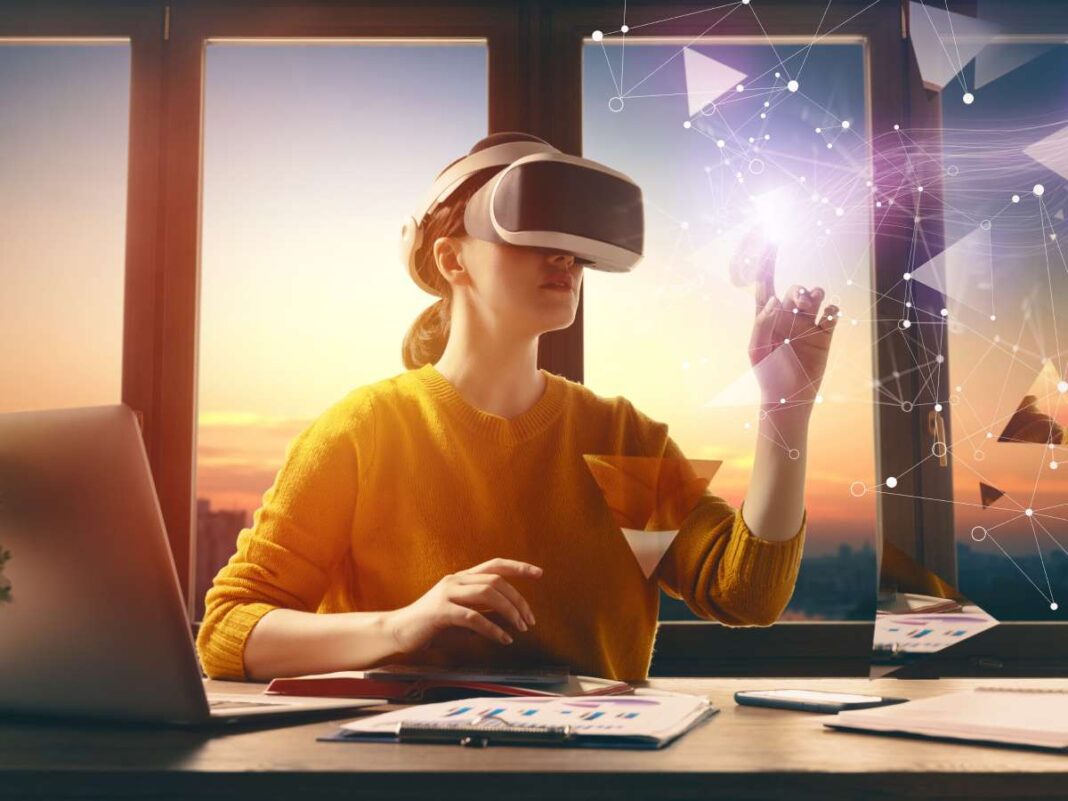The metaverse—a term once confined to the realms of science fiction—is rapidly becoming a tangible reality, promising to revolutionize how we interact with technology and each other. As we look toward 2025, understanding the growth and potential of the metaverse is essential for anyone wanting to stay ahead in the digital age.
The Evolution of the Metaverse Concept
Originally coined by Neal Stephenson in his 1992 novel Snow Crash, the metaverse refers to a collective virtual shared space that blends physical and digital realities. It’s a space where users can interact with each other and a computer-generated environment in real time. This immersive 3D experience transcends traditional online interactions, offering limitless possibilities unrestricted by physical laws.
Major Players Investing in the Metaverse
Tech giants like Meta (formerly Facebook), Microsoft, Apple, and Nvidia are investing heavily in building their visions of the metaverse. Despite the lack of a coherent definition, these companies are pouring resources into developing platforms that could redefine social interaction, work, education, and entertainment.
Meta Horizon and Apple Vision Pro
Meta’s Horizon Worlds and Horizon Workrooms are examples of early metaverse platforms catering to consumer and professional collaboration. Meanwhile, Apple’s Vision Pro represents a more cautious but powerful approach to spatial computing, steering away from indulging in the metaverse hype but offering significant potential for enterprise use, particularly in data visualization and productivity.
The Role of Spatial Computing and AI
Spatial computing is set to revolutionize workflows across design, production, training, and operations. Integrating augmented, virtual, and mixed reality enhances virtual experiences using avatars and holograms. Predictions from Gartner forecast spatial computing to grow exponentially, from $110 billion in 2023 to $1.7 trillion by 2033.
Generative AI is becoming integral to metaverse platforms, transitioning from text-based agents to visual-spatial-personified agents. These advancements aid in software development and environment creation while enriching user experiences. AI-driven improvements are helping enhance XR devices, paving the way for broader adoption over the next few years.
Real-World Applications and Industry Transformations
Gaming and Entertainment
In the gaming industry, the metaverse enables immersive AR/VR experiences that are potentially monetizable through cryptocurrencies and NFTs. This new level of engagement offers players unprecedented interaction and investment opportunities within virtual worlds.
Healthcare and Manufacturing
Healthcare applications of the metaverse span from mental health treatments to surgical assistance using AR, AI, and VR. In manufacturing, the metaverse allows for 3D design and virtual operation for safer employee training, enhancing productivity and safety in industrial environments.
Education and Workforce Training
Virtual reality enhances engagement in education through immersive learning scenarios. Companies like Paramount Global have utilized VR for onboarding and leadership training, demonstrating the metaverse’s potential value in corporate settings.
Challenges and Ethical Considerations
Despite its promise, the metaverse presents significant challenges. Privacy and data security are paramount concerns, especially given Facebook’s reputation for low trust. Users are anxious about personal information control and potential misuse of data collected within virtual environments.
There’s also a disparity between the lofty promises of a unified metaverse and the current technological limitations. Companies often showcase potential futures with advanced motion tracking and VR/AR interfaces, yet practical issues like the bulkiness of current gear and technological limitations persist.
The Future Outlook
The metaverse’s evolution alongside spatial computing will heavily influence industries, offering innovative pathways for digitalization, collaboration, and communication. As technology advances, smart glasses are expected to replace traditional bulky headsets, making the metaverse more accessible and immersive.
While opinions on the metaverse’s long-term societal effects remain divided, its integration seems inevitable as technology and virtual economies continue to expand. Success will largely depend on how developers, businesses, and regulators address the ethical and practical challenges, ensuring that the metaverse evolves into a space that enhances human interaction without compromising security or accessibility.
Conclusion
The metaverse stands at the cusp of redefining our digital interactions, promising a future where the lines between physical and virtual realities are increasingly blurred. By staying informed and engaged with its development, we can navigate the challenges and harness the potential of this transformative technology as we move toward 2025 and beyond.

